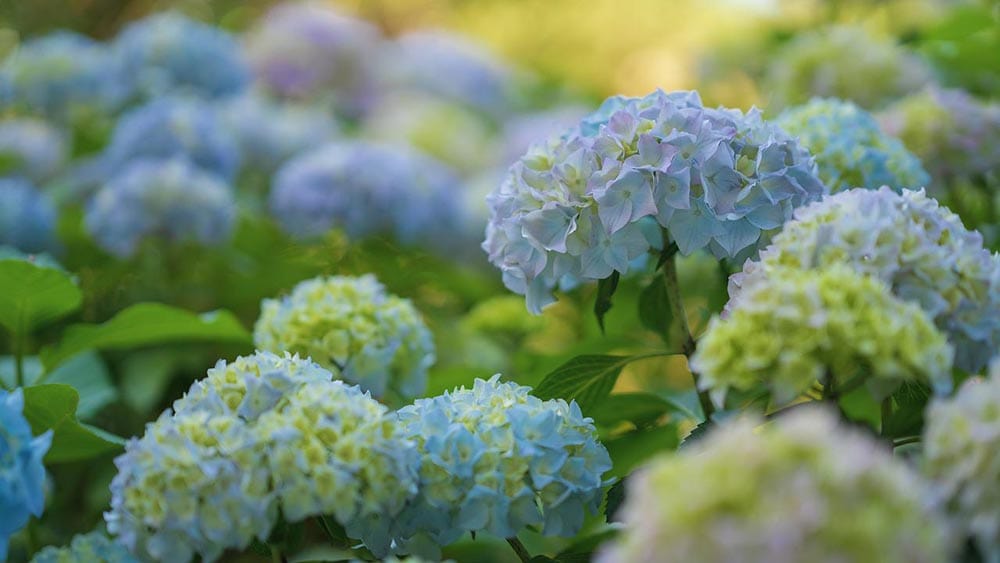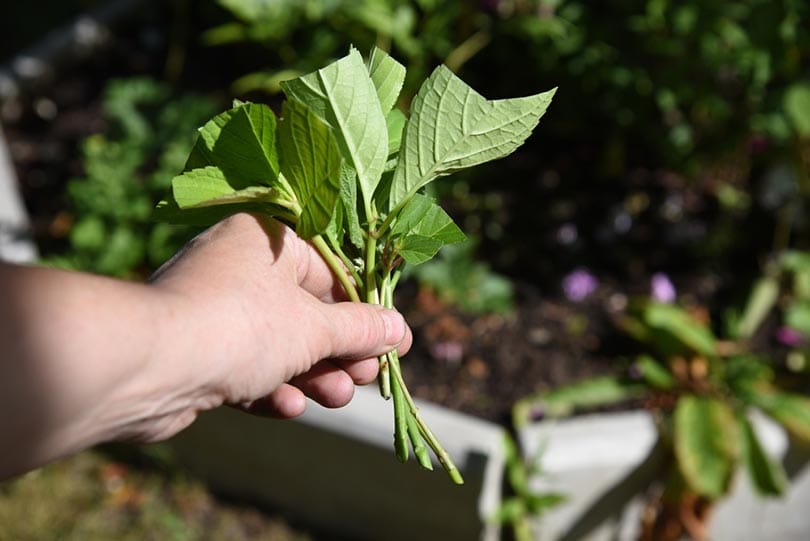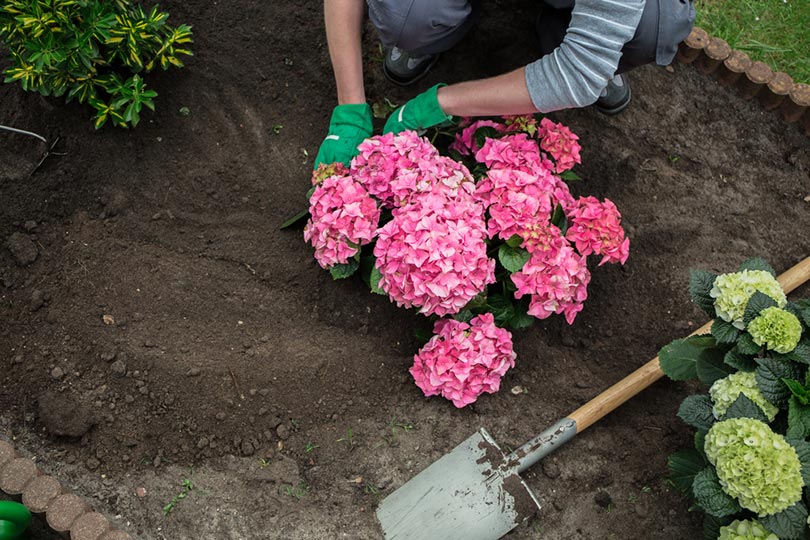How Fast Do Hydrangeas Grow? 5 Expert Tips
-
Ashley Bates
- Last updated:
Hydrangeas are well loved by landscapers everywhere due to their aesthetics and easy growing. They typically don’t need much help as they thrive on their own. However, there are ways to enhance these gorgeous blooms’ growth rate and flower production.
Here we’ll go over how fast you can expect these plants to grow and how to speed up the process. By themselves, they are rapid growers anyway–but there are ways to ensure optimal growth.
About Hydrangea Development
Hydrangeas are woody stalked shrubs that produce beautiful classic blooms throughout the seasons. They are so versatile and grow so well that many love to plant them in aesthetically pleasing spots around their property. These are topics for fence lining, front yard flower beds, and bordering buildings.
These fast growers quickly build up, making them fantastic for people looking to achieve lush shrubs quickly.

Types of Hydrangeas
There are several types of hydrangeas you can add to your garden space. It just depends on the aesthetic you’re going for and the look you prefer.
- Big Leaf Hydrangea
- Oakleaf Hydrangea
- French
- Hybrids
Planting Hydrangea
You can expect to see results pretty quickly when you plant your hydrangea plants. As a general recommendation, growing hydrangeas in the fall is best. They likely won’t flower that season, but they have time to establish a healthy, strong root system.
Once springtime rolls around, you’ll likely see blooms from early summer to fall. Although hydrangeas can bloom into the early winter months. This greatly depends on where you fall on the map, obviously, warmer areas bloom later in the season., But they are a very versatile and hearty plant.

The 5 Tips for Optimal Hydrangea Growth
If you have recently planted or have not yet planted your hydrangea plants, we have several things for you to consider first. Since these perennials get so large, certain things are crucial, such as placement. You’ll want to ensure you’re planting them in a space where they have plenty of room to branch out without smothering other plants.
1. Check your USDA Growing Zone
If you live in the United States, it’s always best to check what plants grow best in your area before you even plant. Checking for zoning can ensure the success of your hydrangeas. These plants work best in zones 3 to 7.
2. Water Your Hydrangeas Correctly
Hydrangeas are thirsty. They absolutely love nutrient-rich, well-draining soil that has the perfect moisture. These fast-growing plants need a lot of sustenance to keep up with their speedy growth. Overwatering is possible, but it’s much more detrimental to the plant to let them get completely dry. So if you live in a very dry climate, ensure that you supplement rainfall with watering.
3. Add Fertilizer to Your Hydrangeas
You can use organic or commercial fertilizer for hydrangeas. You can absolutely offer fertilizer to your hydrangeas. Even though they love being in soil with an abundant organic matter source, they will take all the extra help they can get.

4. Purchase Established Plants
One way to ensure the success of your hydrangea plants is to buy them pre-grown. Growing them from seed or stock can be slightly challenging. However, if you have an established plant, they will route quickly and create an abundance of beautiful blooms faster than starting them from seed.
If you’re looking for a full result, you want the quickest route to achieve this. So, established plants are a must. You can find them at both local nurseries and online.
5. Prune Your Hydrangeas as Needed
Hydrangeas are likely to grow more successfully when you prune them regularly. You should prune back the stems above the heading cut. You can prune them in fall, late winter or early spring for best results.
Conclusion
You honestly don’t have to give your hydrangea much in order for it to take off. They grow at rapid rates, making them an ideal choice for people looking to expand their garden quickly. As long as you are pruning them correctly and making sure that they have an organic feeding base, you should see gorgeous blooms from this lovely shrub year after year.
Since hydrangeas can reach heights up to 15 feet, do be careful where you’re planting them so they don’t obstruct or snuff out existing plants.
Featured Image Credit: pixel2013, Pixabay
Contents

